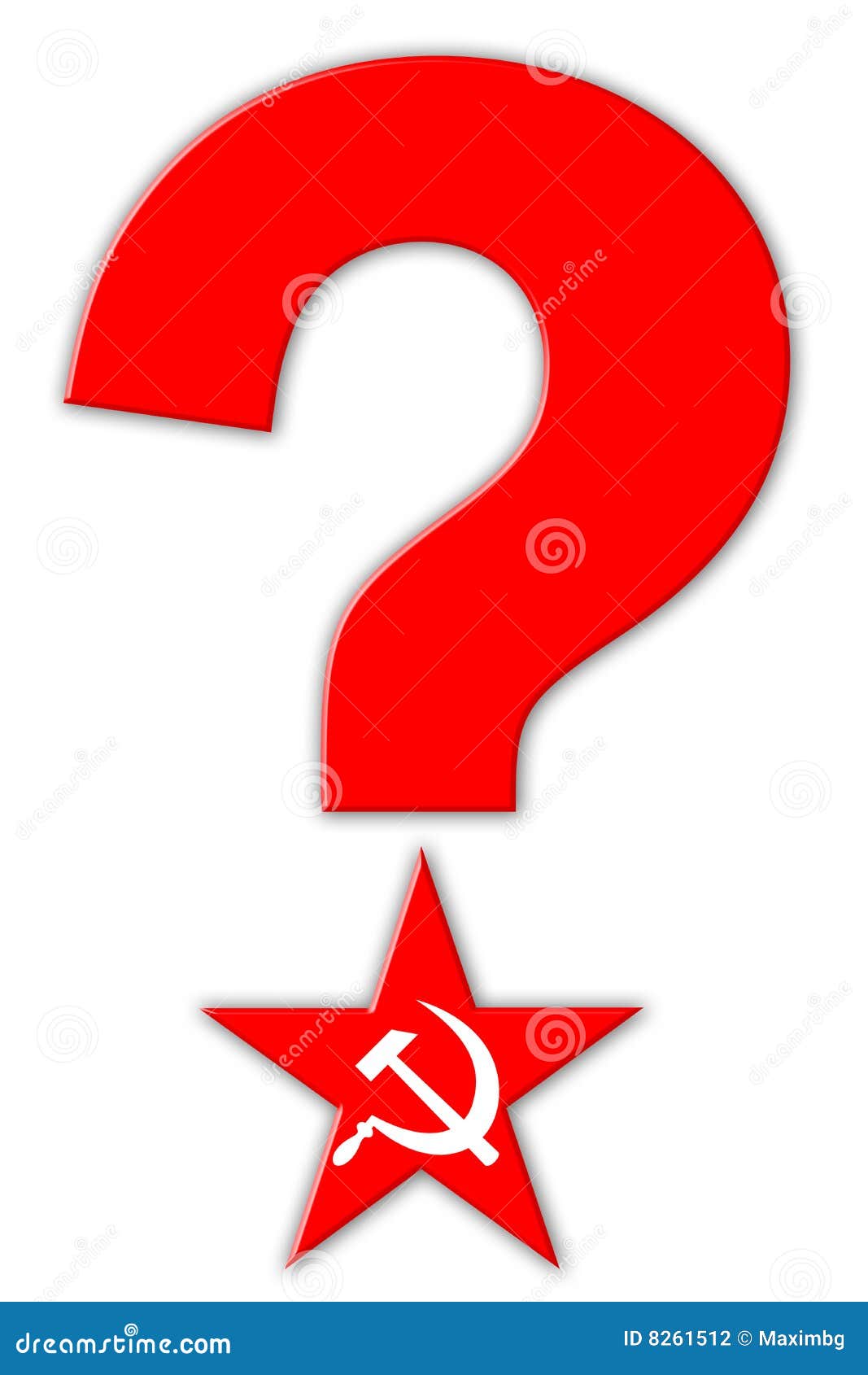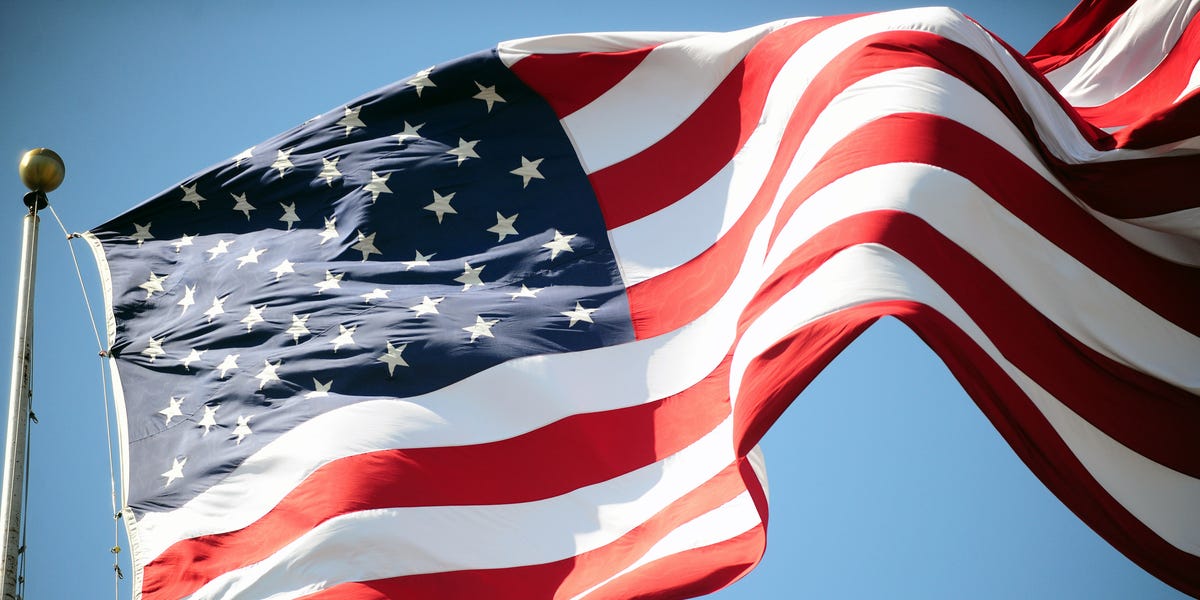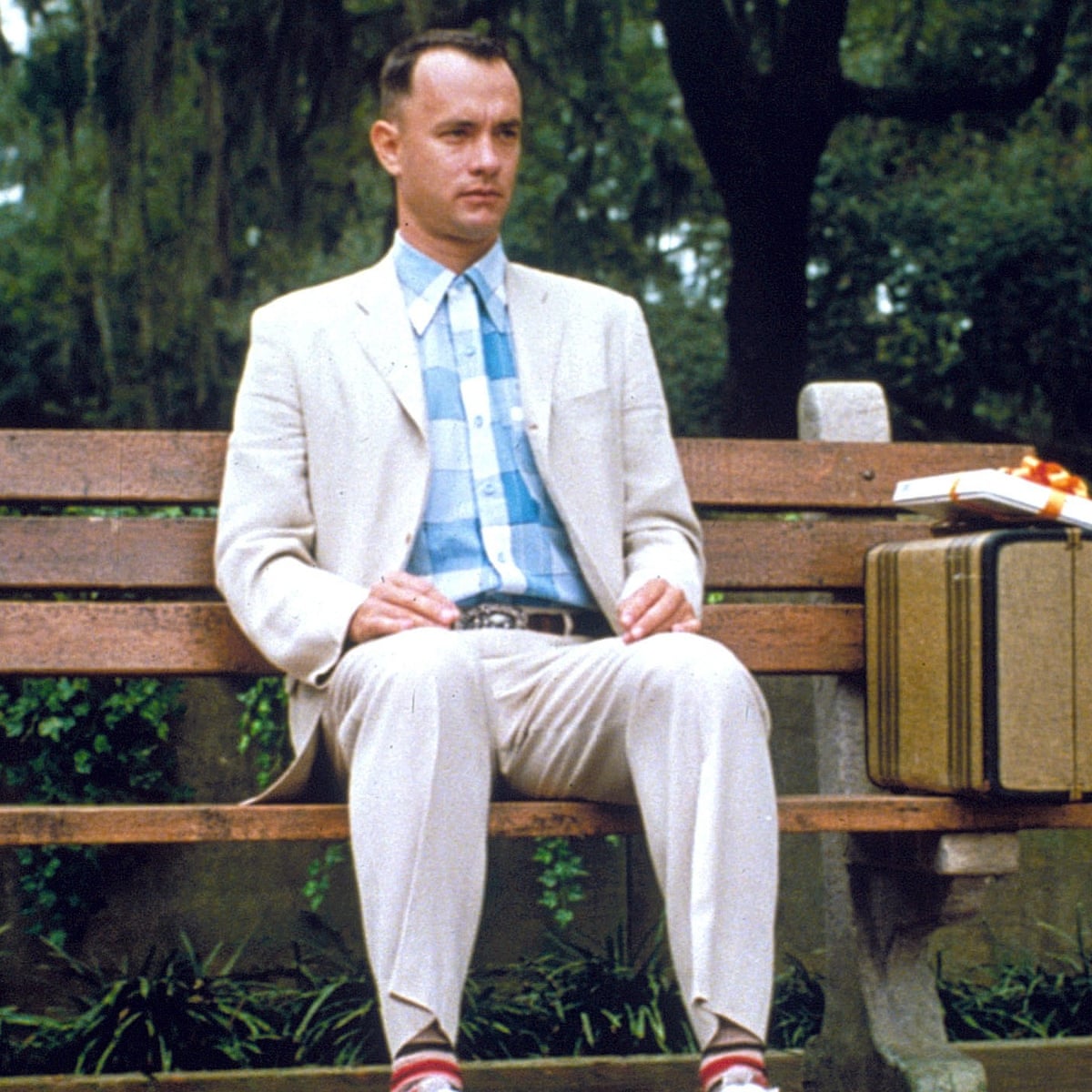Throughout the extremely divisive and controversial year that is 2020, a long-lasting and ever-present issue has brought itself into a sad light within the realm of American society. That issue is policing in America and police brutality. Within just this year alone, the world has seen the killings in innocent African Americans such as George Floyd and Breonna Taylor at the hands of police officers, which has in turn sparked mass protest and controversy over the issue that is the power law enforcement has over the disenfranchising of minorities. When analyzing if this is a racial issue, I would like to ask several questions and address them from different points of view. Is racial police brutality truly present within America? Are the Black Lives Matter protests making things better? What can be done to improve upon policing in America? These questions can help us understand this hot topic much more clearly from multiple sides, and I hope that is will address the issue on whether or not the policing in America is a racial problem.
Is racial police brutality truly present within America?
When first addressing the problem of policing in America, it is important that we first ask the question of if it is actually there. The United States of America seems to be greatly divided on this issue. Many supporters of law enforcement would argue that this issue is virtually nonexistent and is so few and far between that it is not an actual systemic problem within American society. They acknowledge that it happens sometimes but do not address it as a clear racial based set of issues. On the other side of the coin, many progressives and people fighting for social justice would argue that this racial issue has never been more apparent or present. Many insist that this problem directly affects African American people and is an issue from the top-down, therefore the system should just be completely reworked. Both sides have compelling views that both deserve addressing.

Those that would argue that this problem is nonexistent would bring up several credible and compelling points. The first main point that would be argued would be that America is not systemically racist. Obviously, everyone knows that there are racist people in America, but how could America have a black President in Barack Obama and have top-down systemic racism. No African-American is at any systemic disadvantage in American life simply due to the color of their skin. They are protected by the law and have equal opportunity within this country just as all other citizens are. Valid point. Another point of emphasis would be that unarmed African American men have fallen victim to fatal shootings less than white men have. According to several sources including the FBI, NCBI, and The Washington Post, there are more unarmed white men that are shot by the police every single year than African-American men, therefore, the system is not racist and these crimes committed by law enforcement are not solely and systemically race based crimes. These points of emphasis highlight this side of the argument by addressing the rejection of the idea of systemic American racism and by looking at statistics that help to show that everyone is effected by all different types of crimes and just because these rare crimes occur across the country, doesn’t mean they are wide-scale race based problem.
Many people in America vehemently oppose this way of looking at police brutality. Objectors to the previous point of view would point out that although white men are killed far more than black men at the hands of police, black men are unfortunately overrepresented per capita of unarmed civilian police shootings in America at a huge 32% of this crime occurring. With this statistic, it is apparent that African-Americas could possibly be disproportionally affected by this crime. Objectors would also argue that due to America’s historically racist past and obvious previous systemic injustice against minorities, the power that the law enforcement holds are representative of the overarching racism that has been persecuting so many of our citizens since our inception. They see that the media coverage and the amplified notion of African American communities being blatantly targeted by law enforcement as proof that systemic racism is a present danger to the Union and is truly lurking within the actions of racist police shootings that plague the country.
Both of these opinions have reasonable merit to them, but currently lack much common ground causing further and deeper division within this country, that in likelihood will continue to proceed.
Are the Black Lives Matter Protests making things better?
Within just this year alone, the organization known as Black Lives Matter has been at the head helm of fight against racial injustice in America, but this is not without controversy. I would first like to address that the term, “black lives matter,” is and should be universally agreed upon no matter what side you are arguing for and if not your opinion should not be taken seriously. The controversy arises from the group Black Lives Matter, not the term. Many people who would argue against the Black Lives Matter group would say that BLM is a radical terrorist group that preaches communist ideology, causes hate and violence in our cities, and does not promote things that would actually help the black community. People that would support Black Lives Matter, would argue on the contrary that the biggest and most important thing that BLM has done for the community is brought to light the issue that is police brutality and many other issues that plague the black community.
 Black Lives Matter has gained so much attention across the United States over the past several years, and especially within 2020, opponents of this group have several legitimate arguments against the group. One of these arguments would be that Black Lives Matter founders claim to be “trained Communists,” and would like to use a very controversial subject such as police brutality as a means to align people with their ideology. Many opponents of Black Lives Matter would also argue that Black Lives Matter has only brought about more division, violence, and uproar by the destructive nature of some of the protests they have led. They would claim that these protests have caused the millions of dollars’ worth of destruction in many of America’s major cities and has even led to the deaths of many civilians and business owners who did not outright comply with the message being preached. This further division and destruction do not lead to anything positive or to any progress and therefore, the Black Lives Matter protests have made things much worse than they were before.
Black Lives Matter has gained so much attention across the United States over the past several years, and especially within 2020, opponents of this group have several legitimate arguments against the group. One of these arguments would be that Black Lives Matter founders claim to be “trained Communists,” and would like to use a very controversial subject such as police brutality as a means to align people with their ideology. Many opponents of Black Lives Matter would also argue that Black Lives Matter has only brought about more division, violence, and uproar by the destructive nature of some of the protests they have led. They would claim that these protests have caused the millions of dollars’ worth of destruction in many of America’s major cities and has even led to the deaths of many civilians and business owners who did not outright comply with the message being preached. This further division and destruction do not lead to anything positive or to any progress and therefore, the Black Lives Matter protests have made things much worse than they were before.
According to those that are in support of the Black Lives Matter movement, the main thing that the group has been able to accomplish throughout its massive network of protests is advocation of the issue. It is an obvious statement that mainly due to the protests conducted across the United States, the issue of police brutality has projected and highlighted itself upon all Americans. Without the movement and advocation that Black Lives Matter has brought to the issue, no one knows how important or prominent the issue of police brutality would be within American life. Supporters of BLM would also argue that according to CNN, only 7% of the protests that have been conducted nationwide have been violent. Although this number is small, many would argue that it does not matter how large the number is, anything is worth the fight for equality and for an end to police brutality. This claim is not universally accepted though. The main take away that Black Lives Matter supporters are sided with is that these protests are a movement that will bring to the eyes of all Americans that police brutality and systemic racism are still ever-present within the United States and they need to be dealt with immediatly.
We can all see again that there is little common ground that could be shared between these two points of view on the Black Lives Matter Movement. One thing that I think could unify all is the fact that neither side is opposed to reform. I do not think any serious conversation between people of either side would result in one advocating for nothing to be done at all, so at least we have that. Otherwise, we see that the Black Lives Matter Movement has done a lot within 2020 and its proceeding years, but it is not at all without controversy.
What can be done to improve upon policing in America?
This question arises opinions and answers that are not all largely accepted by mass groups of people, but I will try and identify two answers that are very far apart from each other. Most people would lie in between the ideas of either instituting more police or abolishing the police. It is important to know that the most common ground is probably shared in the middle where both sides of these arguments states across this paper would be happy to see national reform used with safe police procedure. This would include safer measures upon altercations with civilians, more cameras, more accountability, more training etc. This is the peaceful grounds that both sides partially live in. Although this seems to be where we could all simply agree, many people would still argue for more drastic measures
Although when looking at it at first glance, the increasing number of law enforcement would seemingly not decrease police brutality but in all likelihood would increase based on simple logic. This is not how the argument is effectively framed though. The argument is that to help disparaged and crime-ridden neighborhoods, an increased allocation of law enforcement (along with better training, procedures, and accountability for police), would be the most effective way in riding crime in impoverished neighborhoods and would be the best option for police reform. This is a popular message, especially with the residents of neighborhoods that are high crime, that is being spread across the country and has much merit and seemingly has the best of intentions at heart.
On the complete other end of the spectrum, many of those who have been outraged by the widely seen examples of the police brutality in the United States are arguing for the exact opposite, the abolistion of the police. Those that advocate for this very heavily worded message, claim that the institution that is law enforcement is too centroided on punishment and is a racist and overpowered institution that lays its own power down upon African Americans and other minority groups. They claim that more or less, the police across America are far from reform and the best way to end the disparities that have occurred relating to police brutality is to abolish the institution completely and find something new. Although this is a very controversial and scattered claim, almost all the suggestions for a replacement of law and order are all focused on community. The exact enforcer of law that would replace law enforcement seems to be a little unclear, but the advocates of abolishing the police seem to all agree that the end goal is to form a society that is without the necessary need for the racist institutions of police or prisons. They see these institutions as factors in the disenfranchisement of minority groups and do not wish for these institutions to remain/cdn.vox-cdn.com/uploads/chorus_asset/file/20031659/GettyImages_1217232845.jpg)
These two “solutions” on the problem that is police brutality have very little in common, but the end goal for both sides seem to be peace. As was stated before, most people would like to find a happy medium between these two ideas by improving the quality of our law enforcement in order to strive to a more peaceful, fair, and tolerant society.

Throughout the analyzation of these questions, we have come to see that the problem that is police brutality can be seen as a racist institution that doesn’t deserve to be kept and also as an imperfect group that is worth reforming for the betterment of this country. Although we all seem very divided now, I am sure the end goal is near. Both sides of the argument on the nature of police brutality are providing essential materials and thoughts for the advancement of our civil society and our law, so I hope that as we progress, we peacefully and understandingly listen to each other, address all points of view, and strive to a common goal. Hopefully for the sake of all of our fellow Americans, we find our path
Fatal Force: Police shootings database. (2020, January 22). Retrieved November 09, 2020, from https://www.washingtonpost.com/graphics/investigations/police-shootings-database/?itid=lk_inline_manual_5
DeGue, S., Fowler, K., & Calkins, C. (2016, November). Deaths Due to Use of Lethal Force by Law Enforcement: Findings From the National Violent Death Reporting System, 17 U.S. States, 2009-2012. Retrieved November 09, 2020, from https://www.ncbi.nlm.nih.gov/pmc/articles/PMC6080222/
Steinbuch, Y. (2020, June 25). Black Lives Matter co-founder describes herself as ‘trained Marxist’. Retrieved November 09, 2020, from https://nypost.com/2020/06/25/blm-co-founder-describes-herself-as-trained-marxist/
Kaur, H. (2020, September 04). About 93% of racial justice protests in the US have been peaceful, a new report finds. Retrieved November 09, 2020, from https://www.cnn.com/2020/09/04/us/blm-protests-peaceful-report-trnd/index.html
Illing, S. (2020, June 12). The “abolish the police” movement, explained by 7 scholars and activists. Retrieved November 09, 2020, from https://www.vox.com/policy-and-politics/2020/6/12/21283813/george-floyd-blm-abolish-the-police-8cantwait-minneapolis




 Black Lives Matter has gained so much attention across the United States over the past several years, and especially within 2020, opponents of this group have several legitimate arguments against the group. One of these arguments would be that Black Lives Matter founders claim to be “trained Communists,” and would like to use a very controversial subject such as police brutality as a means to align people with their ideology. Many opponents of Black Lives Matter would also argue that Black Lives Matter has only brought about more division, violence, and uproar by the destructive nature of some of the protests they have led. They would claim that these protests have caused the millions of dollars’ worth of destruction in many of America’s major cities and has even led to the deaths of many civilians and business owners who did not outright comply with the message being preached. This further division and destruction do not lead to anything positive or to any progress and therefore, the Black Lives Matter protests have made things much worse than they were before.
Black Lives Matter has gained so much attention across the United States over the past several years, and especially within 2020, opponents of this group have several legitimate arguments against the group. One of these arguments would be that Black Lives Matter founders claim to be “trained Communists,” and would like to use a very controversial subject such as police brutality as a means to align people with their ideology. Many opponents of Black Lives Matter would also argue that Black Lives Matter has only brought about more division, violence, and uproar by the destructive nature of some of the protests they have led. They would claim that these protests have caused the millions of dollars’ worth of destruction in many of America’s major cities and has even led to the deaths of many civilians and business owners who did not outright comply with the message being preached. This further division and destruction do not lead to anything positive or to any progress and therefore, the Black Lives Matter protests have made things much worse than they were before.
/cdn.vox-cdn.com/uploads/chorus_asset/file/20031659/GettyImages_1217232845.jpg)


